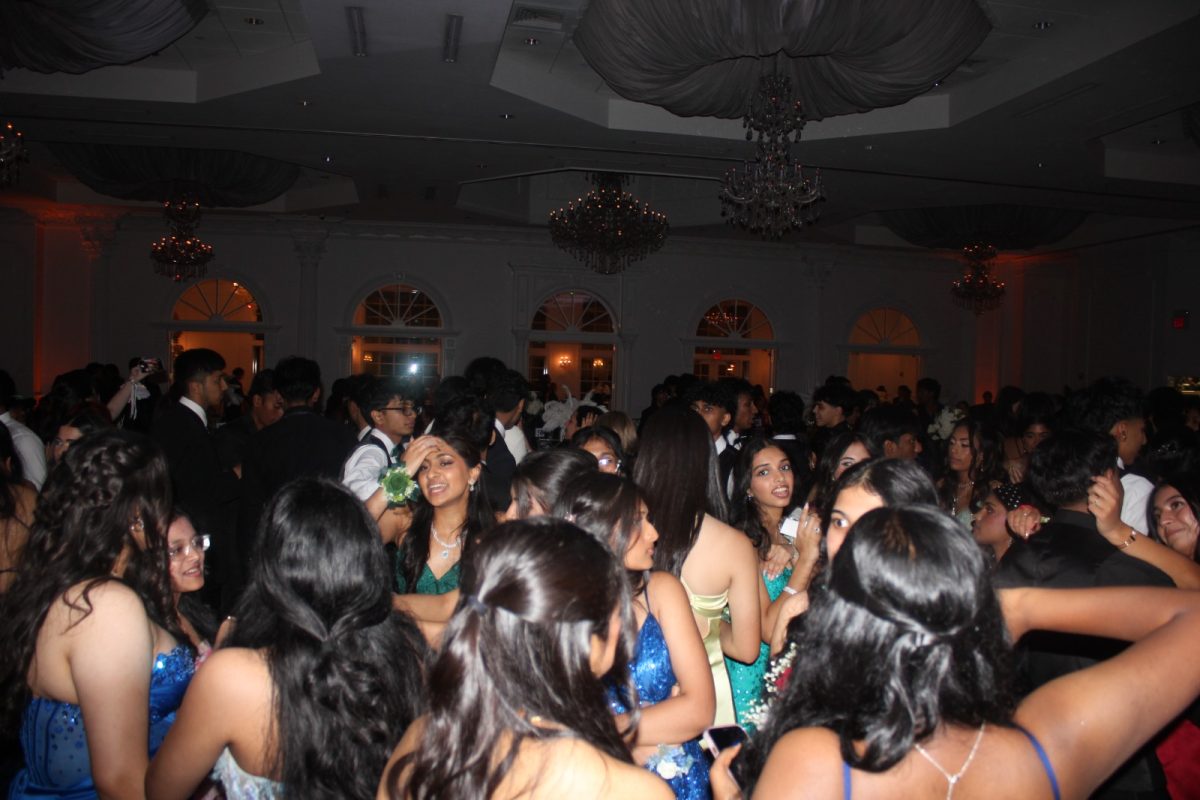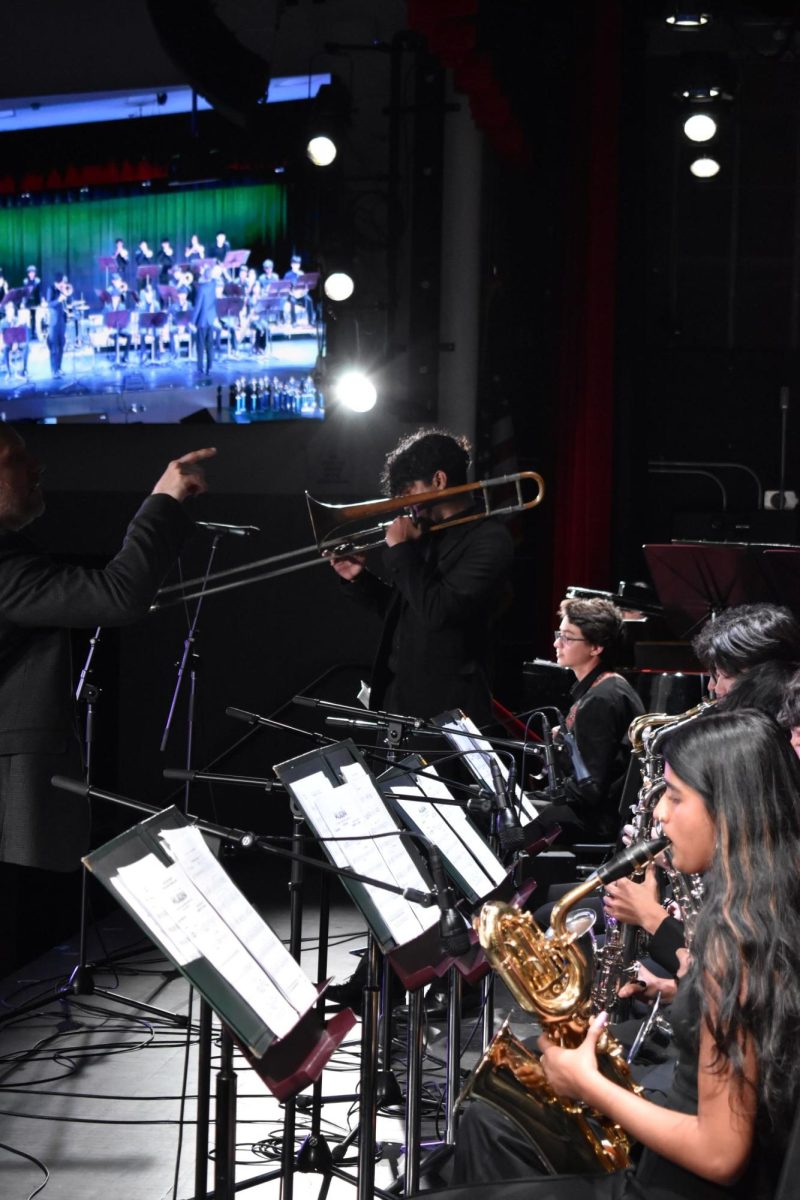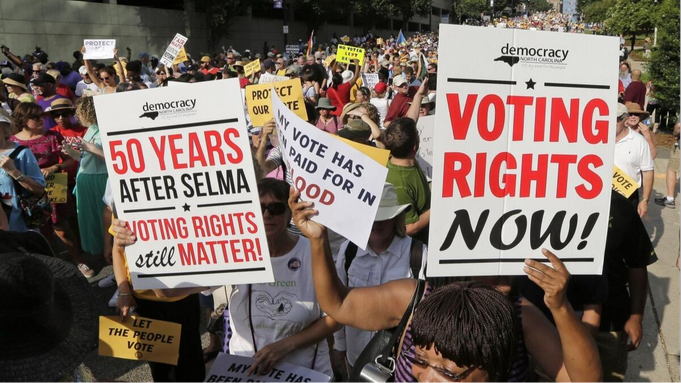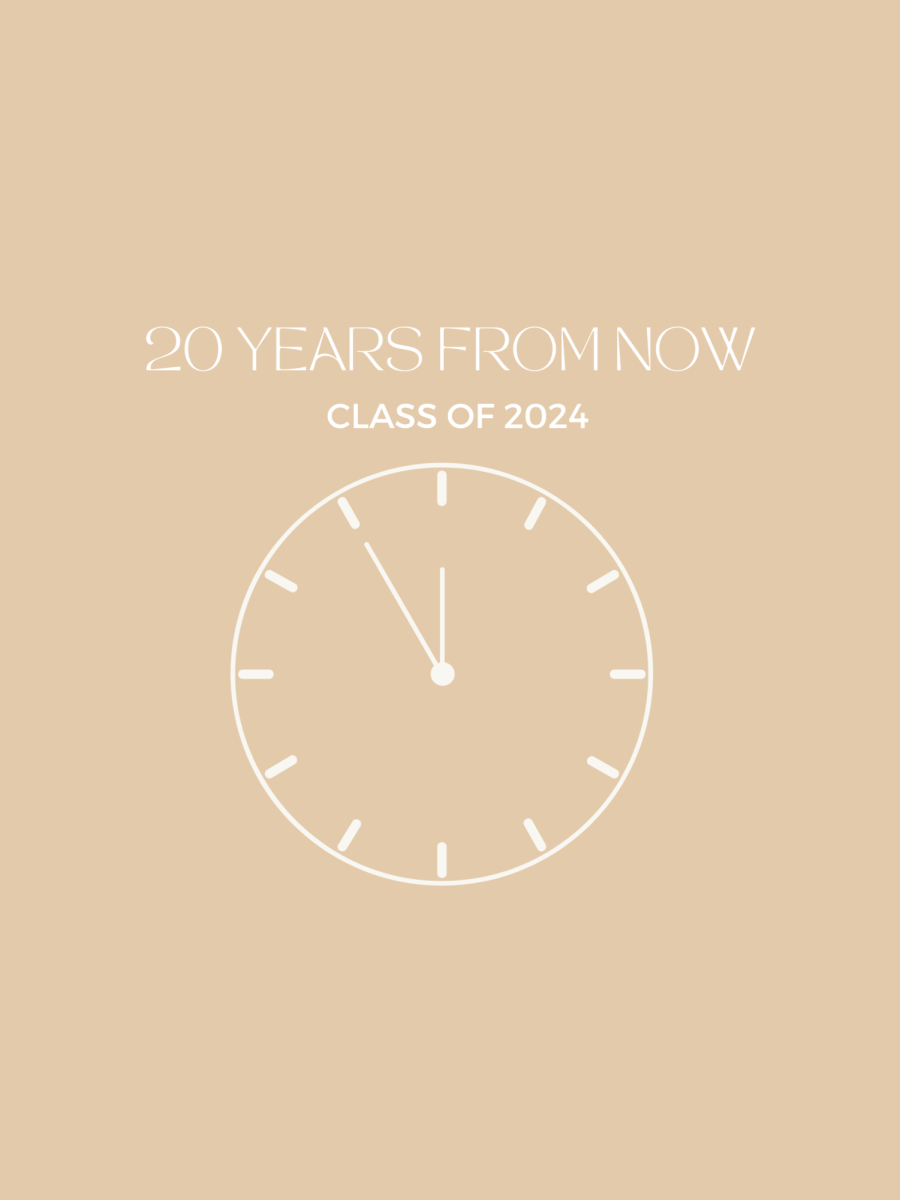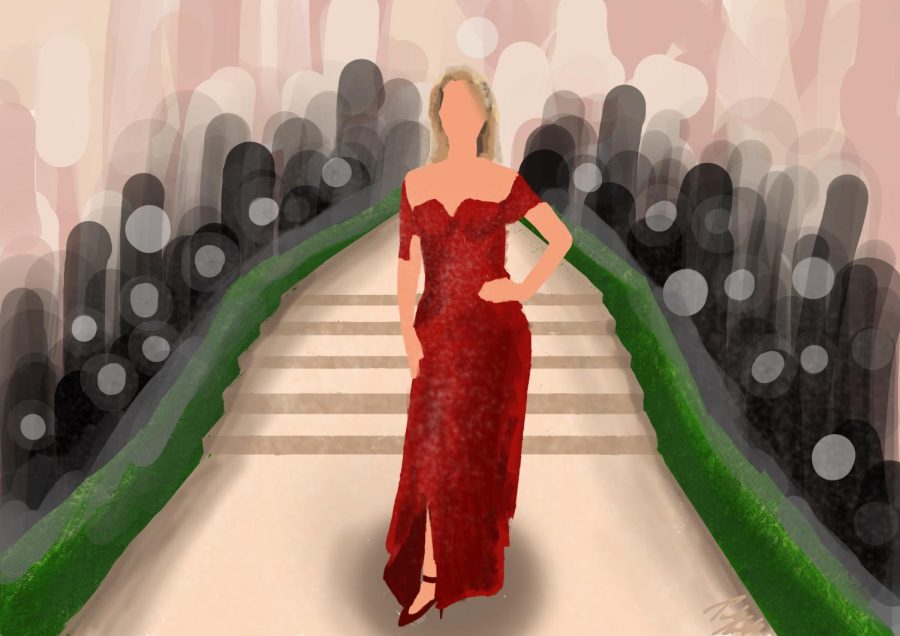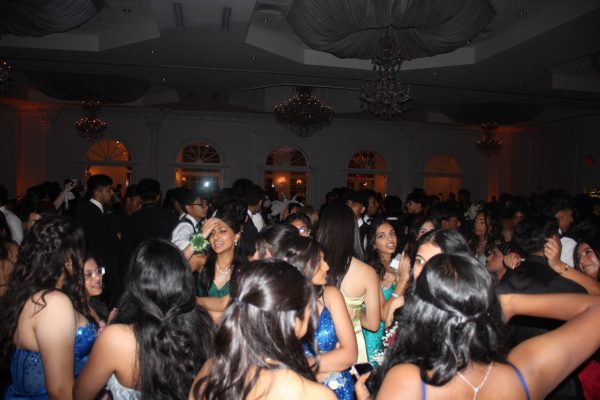Everything Wrong With the Met Gala
June 5, 2023
Nearly every May since 1948, hundreds of celebrities walk the red carpet at fashion’s biggest night of the year. The Met Gala is an annual charity event organized by Vogue CEO Anna Wintour to raise money for the Metropolitan Museum of Art’s costume department and unveil each year’s fashion exhibition. Every year, celebrities and influencers show off their creativity by dressing up in intricate outfits reflecting the event’s theme. The event generates a lot of buzz as thousands of fans eagerly scour the internet to see their favorite guest’s choice of wardrobe. But in recent years, critics of the Gala have become more prominent, condemning the event for its enablement of harmful fashion practices. Yet the event is no stranger to controversy–its questionable themes have never failed to raise eyebrows. Despite being a key event in the world of fashion, the Met Gala deserves criticism for enabling fashion malpractice and for endorsing controversial and problematic themes.
The Met Gala is fashion’s biggest stage, which allows for some pretty wild outfit choices. Beyond offending the fashion police, most of these clothing items are inherently harmless, yet some go much deeper than satin or pearls. Take for example the Patiala Necklace, worn by Emma Chamberlain at the 2022 Met Gala. The necklace featured stunning jewels, including rubies, emeralds, and diamonds, but unfortunately also happened to be steeped in controversy. The Patiala necklace originally belonged to India, the creation of the Maharajah of Patiala, but went missing in 1948 and was acquired by Cartier 50 years later by rather ambiguous means. Cartier has since refused to restore it to its rightful owners. The necklace Emma Chamberlain wore to the Met Gala therefore was an ill begotten, stolen piece of history and had no place at a celebration of fashion and culture. As the entity responsible for providing a stage for this and other such controversial choices, the Met Gala should impose restrictions surrounding the ethics of the items attendees wear instead of allowing such cultural exploitation to occur.
The Met Gala’s questionable, and often problematic, themes are also a large point of contention. This year’s theme, “In Honor of Karl” was a look back at the legacy of Karl Lagerfeld, style genius and fashionista to the stars. But despite his brilliant contributions to the world of fashion, his legacy is interwoven with hatred and bigotry. His hateful past puts into question the ethics of venerating him through a Met Gala theme. The Met Gala’s celebration of problematic figures like Mr. Lagerfeld ostracizes the people his words have hurt from the fashion world and makes their feelings seem trivial. But this isn’t the first time the Gala’s themes have been controversial; back in 2015, the theme was “China: Through the Looking Glass.” Criticized heavily for its orientalist undertones, this theme upset many because of the harmful stereotypes Vogue played into. The caricaturization of Chinese culture allowed by the theme was in no way acceptable. The Met alienates many of its viewers by endorsing themes such as these, which so clearly spread stereotypes and trivialize the feelings of those affected.
On the whole, the Met Gala needs to change its stance towards its fashion and its themes if it wants to improve its image and garner support from marginalized communities. Through its current system of allowing controversial clothing items center stage and backing problematic event themes, the Met does more harm to the fashion world than good. It is up to the coordinators of the Met Gala to figure out how to restructure the Gala from its problematic place in the past into the realities of the present.











